Japan is known worldwide for its delectable cuisine, yet there are dishes that can be quite unfamiliar to those from abroad. The diversity and exceptional flavors of Japanese food are adored by many, but at times, due to cultural distinctions, individuals might be perplexed by the uniqueness of Japanese culinary offerings. In this blog, we will spotlight Japanese dishes that might require a more acquired palate for foreigners and delve into the captivating facets of Japanese culture that underlie them. Among the Japanese dishes you enjoy, which one presents the most intriguing culinary adventure for you? Let’s embark on this culinary exploration.
Natto(納豆)
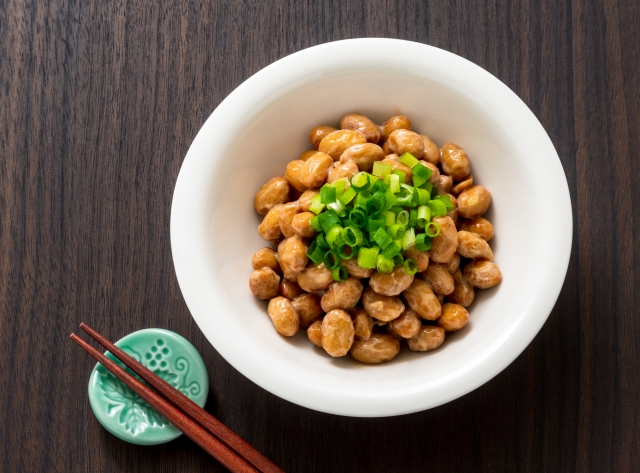
Natto is a traditional Japanese fermented food with a unique flavor and distinctive stickiness. This can be somewhat challenging for many foreigners to accept. When trying natto for the first time, many foreigners may find its flavor and texture perplexing. Natto is made from soybeans and acquires its unique flavor through the process of fermentation. Additionally, natto is highly nutritious, being rich in protein, vitamins, minerals, and dietary fiber. However, due to its distinctiveness, it can take some time for foreigners to develop a taste for it. When trying natto, it is recommended for foreigners to start with a small amount and gradually acclimate themselves to it.
Sashimi(刺身)

Sashimi is a Japanese dish that consists of thinly sliced raw fish or meat, and it may feel unfamiliar to those not accustomed to consuming raw ingredients. However, Japanese sashimi is highly regarded for its safety and freshness, and it offers a delightful taste for many. For foreigners, there may be some initial resistance due to cultural differences regarding the consumption of raw ingredients. Sashimi is typically made from fresh, high-quality ingredients and enjoyed with simple seasonings. When trying sashimi, it’s important for foreigners to sample it at a reputable restaurant where the sashimi is fresh. Soy sauce and wasabi are commonly used to season it, allowing you to enjoy it according to your preferences.
Wasabi(ワサビ)
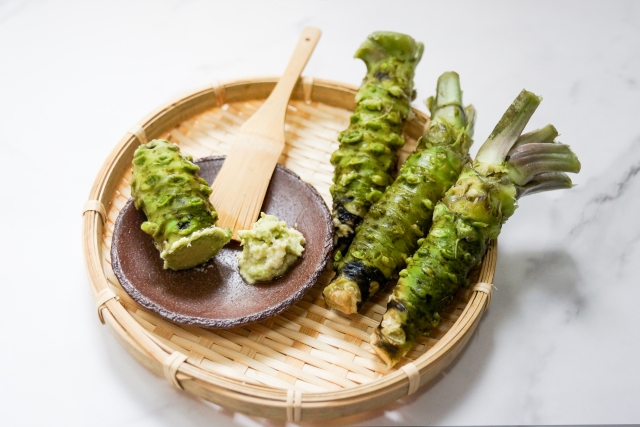
Wasabi is a Japanese horseradish known for its intense spiciness. Even a small amount can be extremely spicy, which may be challenging for foreigners. Wasabi is typically served alongside sushi and sashimi, enhancing the flavor of the dishes. When enjoying wasabi as a foreigner, it’s advisable to use it sparingly. Additionally, it’s common to place a small amount of wasabi on top of sushi rather than applying it directly with your fingers. This allows for easier adjustment of the wasabi’s flavor.
Fugu(フグ)
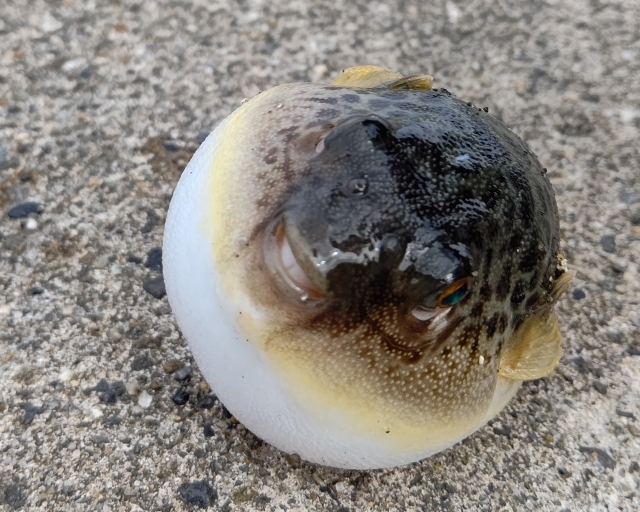
Fugu (pufferfish) is particularly considered a delicacy in Japan, and its exquisite taste stands out even among Japanese cuisine. However, the toxicity of fugu can be a concern for foreigners. The preparation of fugu is highly specialized, and chefs must undergo specific training to remove the toxins from fugu safely. When trying fugu as a foreigner, it’s essential to choose fugu that has been prepared by reputable restaurants. Fugu dishes served in Japan adhere to very high-quality standards, ensuring safety. Fugu has a unique flavor and texture, providing a luxurious experience in Japanese cuisine. In fugu sashimi, the thin slices have a firm texture and a distinctive umami taste. Whether enjoyed as fugu sashimi, tempura, or in hot pot dishes, fugu offers various culinary experiences, allowing you to immerse in the richness of Japanese gourmet culture. Fugu dishes prepared by skilled and cautious chefs guarantee both quality and safety, providing an opportunity to savor the deliciousness and exclusivity of Japanese cuisine.
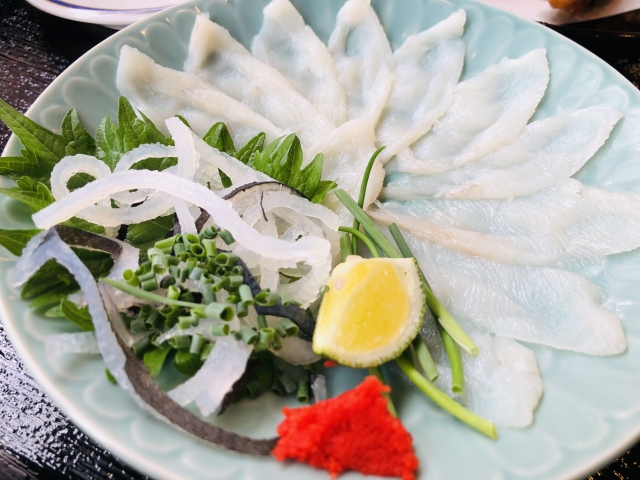
Wakame(わかめ)
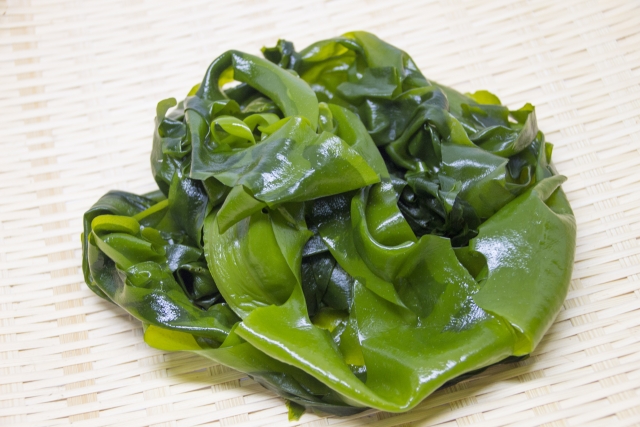
Wakame is a type of seaweed, and its unique texture and flavor may not be to the liking of some foreigners. Specifically, its sliminess and chewy texture might not align with the palates of individuals accustomed to different culinary traditions. When trying wakame for the first time, some foreigners may find its characteristics somewhat off-putting. However, there are also foreigners who appreciate the texture of wakame. Culinary preferences vary among individuals, and it can take time to adapt to new ingredients and textures.
Wakame is a traditional Japanese ingredient known for its high nutritional value, making it suitable for dietary supplementation. In Japan, it is commonly used in soups and salads, allowing people to enjoy its distinctive flavor. Furthermore, wakame is rich in minerals, vitamins, and dietary fiber, which are considered beneficial for health. As a result, wakame is loved by many as a nutritious and delicious ingredient.
Fermented food(発酵食品)
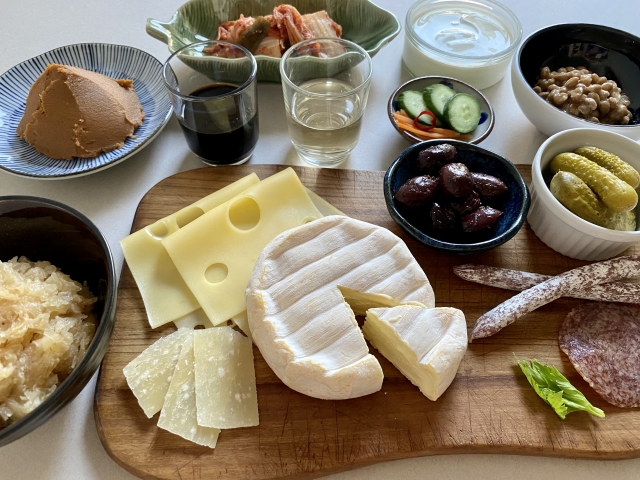
In Japan, many fermented foods are common, including items like pickled red ginger, miso, and nukazuke. These foods may not be familiar to foreigners and can have flavors that some people find challenging. Fermented foods are known for their distinctive flavors created through the fermentation process, as well as their high nutritional value.
Pickled red ginger, or beni shoga, is a type of pickle made by fermenting ginger roots. Miso is produced by fermenting soybeans or soybean koji and is used in soups and as a seasoning. Fermented foods often aid in digestion and can have positive effects on one’s health, making them worth trying.
Fish containing fine bones(細かい骨が含まれる魚)
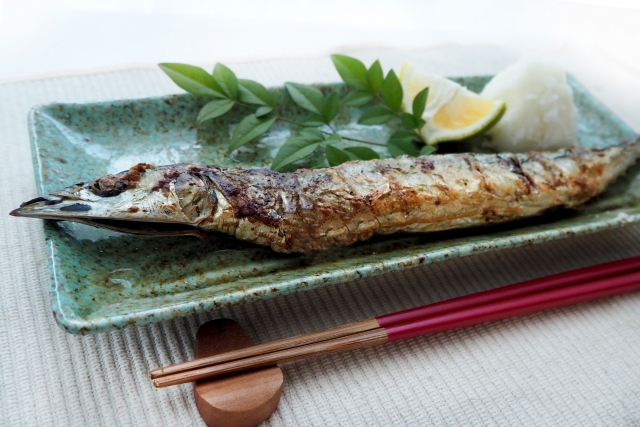
fish containing fine bones:For some foreigners, fish dishes can be challenging due to the presence of fine bones in the fish meat. This can be especially true when lacking the skill to remove bones or when the fish bones are finer compared to fish in other countries. Japanese fish dishes often feature fish served with bones, so it’s important for foreigners to carefully remove the bones or eat with caution.
Within the fish meat, there are delicious parts that can be enjoyed once the bones are removed. For instance, fish heads and portions near the tail often contain particularly tasty meat, and by meticulously extracting bones from these areas, you can maximize the flavor. Moreover, the meat obtained from fish bones is rich in nutrients like protein, minerals, and omega-3 fatty acids. These nutrients have positive effects on health and are essential as part of a balanced diet. Therefore, removing bones from fish when eating not only enhances the richness of the meal but also contributes to nutritional intake.
Dried Fish(干物)
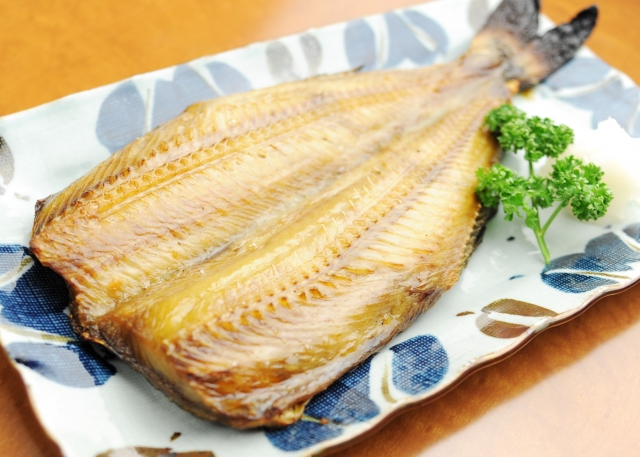
Dried fish is a common ingredient in Japan and is known for its salty flavor. However, some foreigners may not prefer its taste. Dried fish is used by drying and preserving fish to enhance its flavor. When foreigners try dried fish, they may need some time to get accustomed to its unique flavor. Additionally, dried fish has a long shelf life and plays an important role as a preserved food in Japan.
Sansai(山菜)
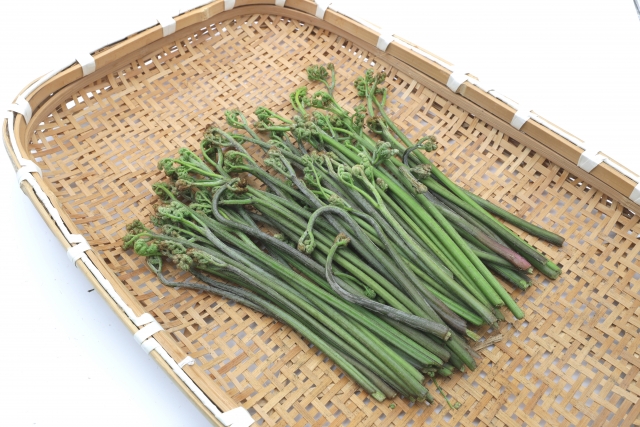
Sansai(Mountain vegetables) are harvested from mountains and forests in accordance with the seasons and widely used in Japanese cuisine. However, their flavor and texture may not be familiar to some foreigners. Mountain vegetables are ingredients sourced from Japan’s natural environment, and various types can be enjoyed season by season. They are a fantastic example of the diversity in Japanese cuisine. When foreigners try mountain vegetables, they can savor the unique characteristics of each season, making it an appealing culinary adventure.
Niboshi(煮干し)
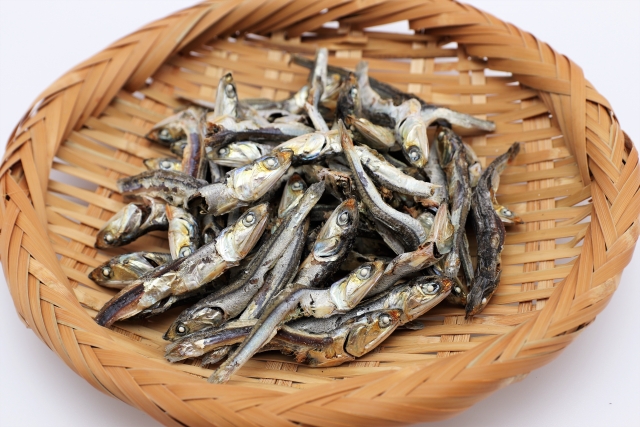
Dried small fish, known as “niboshi,” are a crucial seasoning made by simmering these tiny fish and are indispensable for making dashi (broth) and soups in Japanese cuisine. While the strong flavor of Niboshi may be challenging for some foreigners, their unique taste enriches many Japanese dishes.
Niboshi are rich in protein, minerals, especially calcium, and provide beneficial nutrients for the body. Their flavor is an essential element in many Japanese dishes, used as a base for dashi, and imparts depth and richness to the cuisine. Therefore, Niboshi play a significant role in upholding the tradition and flavor of Japanese cuisine. Trying Niboshi as part of your culinary exploration is an excellent opportunity to discover the diversity and deliciousness of Japanese cuisine.
Through this blog, we’ve explored several aspects of Japanese cuisine that some foreigners might find challenging. The diversity of Japanese cuisine and the uniqueness of individual dishes set it apart from food cultures worldwide, offering new culinary experiences. While trying Japanese food for the first time can be a daunting experience for foreign palates, it also presents an opportunity to discover new flavors and delve into Japanese culinary culture.
Some elements of Japanese cuisine involve fermentation, distinct flavors, and unconventional uses of ingredients, which may differ from what foreigners are accustomed to. However, it’s precisely these distinctive qualities that make Japanese cuisine special.
I hope this blog has shared the joy of experiencing the culture, history, and the fun of trying challenging dishes that lie behind Japanese food. Embracing new dishes is a wonderful way to understand new cultures and enrich your culinary experiences. We’ll continue to provide more insights into the allure of Japanese cuisine in the future. Thank you for reading.



Comment Comment